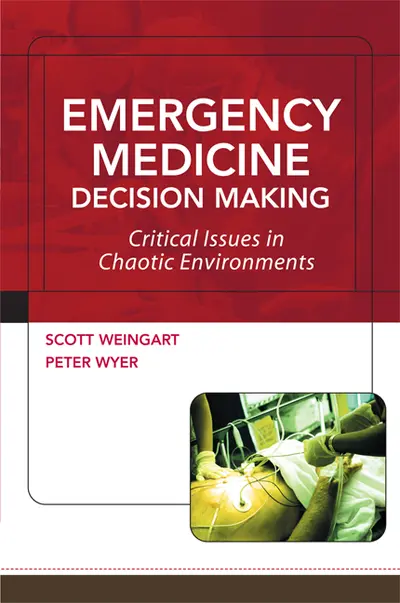My Account Details

ISBN10: 007144212X | ISBN13: 9780071442121

Understanding the Basics
Medical Statistics
1.Probability
2.P values
3.Confidence Intervals
Key Concepts
4.Sensitivity and Specificity
5.Predictive Values
6.Likelihood Ratios
7.The Risks of Relativity
8.Number Needed to Treat
9.Bias
10.Spectrum Calculations
11.Confounders
The Literature of Emergency Medicine
12.The problems of the body of “Emergency Medicine Literature”
13.The application of Emergency Medicine literature to Continuous Certification
Types of Literature
14.Textbooks
15.Retrospective Trials
16.Prospective Trials
17.Meta-Analyses
18.Integrative Studies
19.Qualitative Studies
Evaluating an Article
20.Internal Validity
21.External Validity
Finding Information When Seconds Count
22.Searching Medline
23.Using the Internet
24.Personal Databases
25.Other Sources
Medical Decision Making in the ED
26.Action and Testing Thresholds
27.Disease Likelihood and Bayesian Analysis
28.Weighing Treatment Benefits and Harm
Need support? We're here to help - Get real-world support and resources every step of the way.